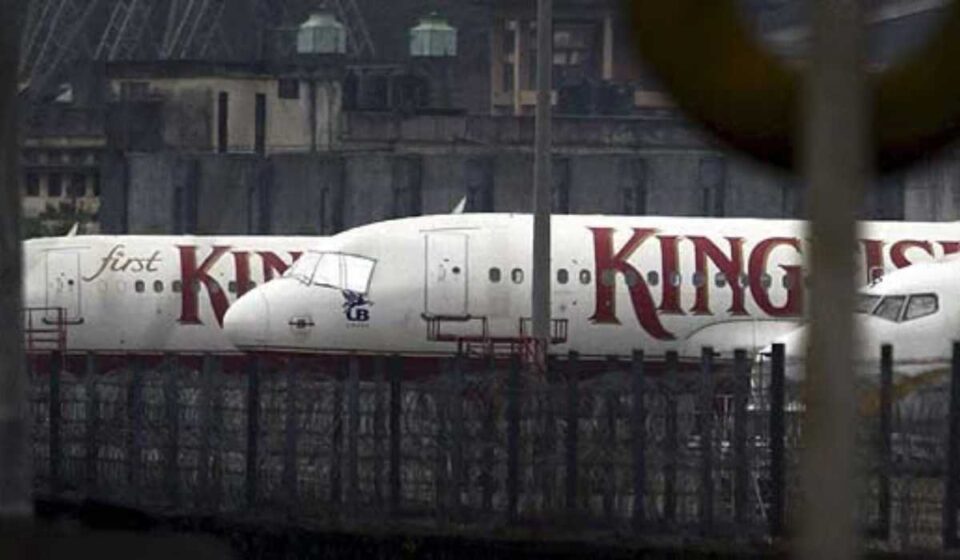Kingfisher Airlines, once a symbol of luxury in Indian aviation, experienced a dramatic rise and subsequent downfall. Founded by Vijay Mallya in 2005, the airline quickly garnered a reputation for its premium services and opulent passenger experience. However, despite its promising start, Kingfisher Airlines faced significant challenges that led to its eventual collapse. This case study delves into the factors behind its meteoric rise and the reasons for its dramatic fall, providing valuable lessons for entrepreneurs and businesses alike.
The Rise
Launch
Kingfisher Airlines was launched in 2005 by Vijay Mallya, a prominent businessman and the chairman of United Breweries Group. Mallya’s vision was to create a premier airline that would redefine air travel in India by offering luxurious services and exceptional customer experiences. With features like in-flight entertainment, gourmet meals, and attentive service, Kingfisher set a new standard in the domestic aviation market. The airline quickly gained popularity among passengers, positioning itself as a leader in the premium segment.
Growth
Kingfisher Airlines experienced rapid growth in its early years, expanding its fleet to 66 aircraft and launching international routes. The airline’s aggressive expansion strategy included acquiring Air Deccan, a low-cost carrier, to tap into the budget travel market. This move aimed to create a diverse portfolio of services catering to both high-end and budget-conscious travelers. The combination of luxury and broad market appeal helped Kingfisher build a strong brand presence and a loyal customer base.
The Fall
Financial Mismanagement
Despite its initial success, Kingfisher Airlines faced severe financial mismanagement issues. The airline’s excessive spending on luxury services, high operational costs, and poor financial planning led to mounting debts. Kingfisher’s management failed to implement effective cost-control measures, resulting in a precarious financial situation. The airline struggled to generate sufficient revenue to cover its expenses, leading to a crippling debt burden that it could not sustain.
Regulatory Issues
Kingfisher Airlines also encountered significant regulatory challenges. The airline’s non-compliance with aviation regulations, including safety standards and financial disclosures, further compounded its problems. Regulatory authorities grounded Kingfisher’s flights on several occasions due to safety concerns and unpaid dues. This eroded customer trust and tarnished the airline’s reputation, making it difficult to regain its footing in the market.
Market Competition
The competitive landscape in the Indian aviation sector intensified with the rise of low-cost carriers (LCCs) such as IndiGo and SpiceJet. These airlines offered affordable fares and efficient services, attracting a large segment of price-sensitive travelers. Kingfisher’s premium pricing strategy struggled to compete with the cost-effectiveness of LCCs. As a result, Kingfisher’s market share eroded steadily, further exacerbating its financial woes.
Lessons Learned
Sustainable Growth
Kingfisher Airlines’ story underscores the importance of sustainable growth and financial prudence. Rapid expansion without a robust financial foundation can lead to significant vulnerabilities. Businesses must balance growth ambitions with sound financial management to ensure long-term viability.
Compliance
Adherence to regulatory standards is crucial for any business, especially in heavily regulated industries like aviation. Kingfisher’s non-compliance with safety and financial regulations had severe consequences. Ensuring compliance with all regulatory requirements is essential to maintain operational integrity and avoid legal and reputational risks.
Market Adaptation
Adapting to market conditions and competition is vital for survival in a dynamic business environment. Kingfisher’s failure to effectively compete with low-cost carriers highlights the need for businesses to remain agile and responsive to changing market dynamics. Developing flexible strategies that can accommodate shifts in consumer preferences and competitive pressures is key to sustaining success.
Conclusion
The rise and fall of Kingfisher Airlines serve as a cautionary tale for entrepreneurs and business leaders. While the airline’s luxurious offerings initially set it apart, its downfall was precipitated by financial mismanagement, regulatory non-compliance, and failure to adapt to market competition. The lessons learned from Kingfisher’s story emphasize the need for financial discipline, regulatory adherence, and market adaptability. By heeding these lessons, businesses can navigate challenges more effectively and build a foundation for sustained success in a competitive market.


